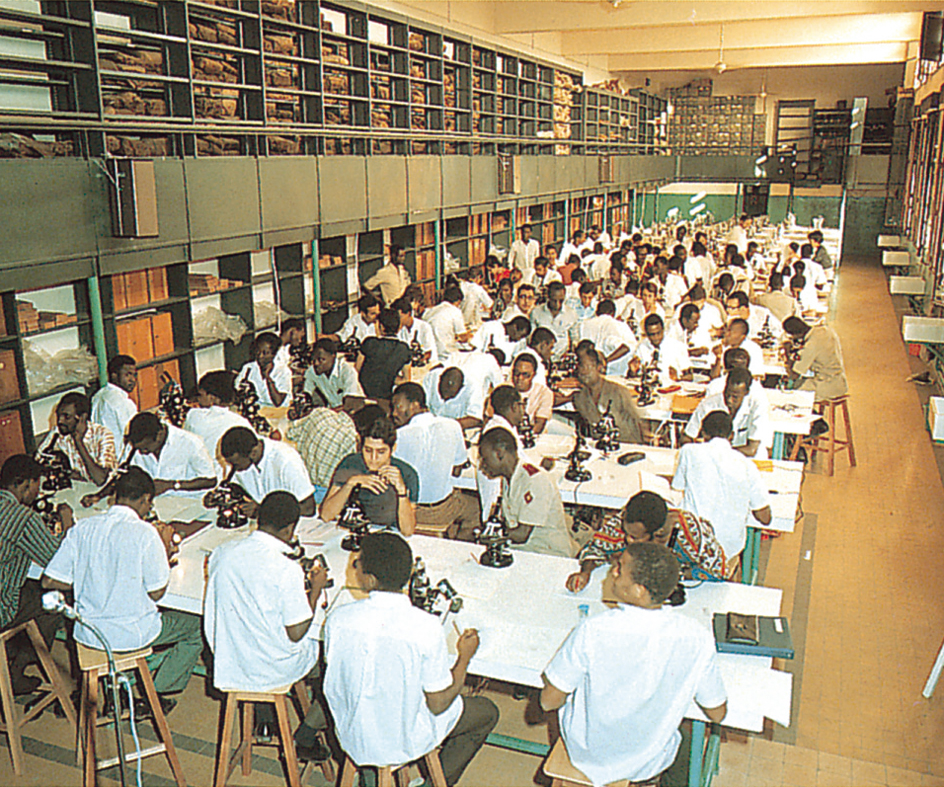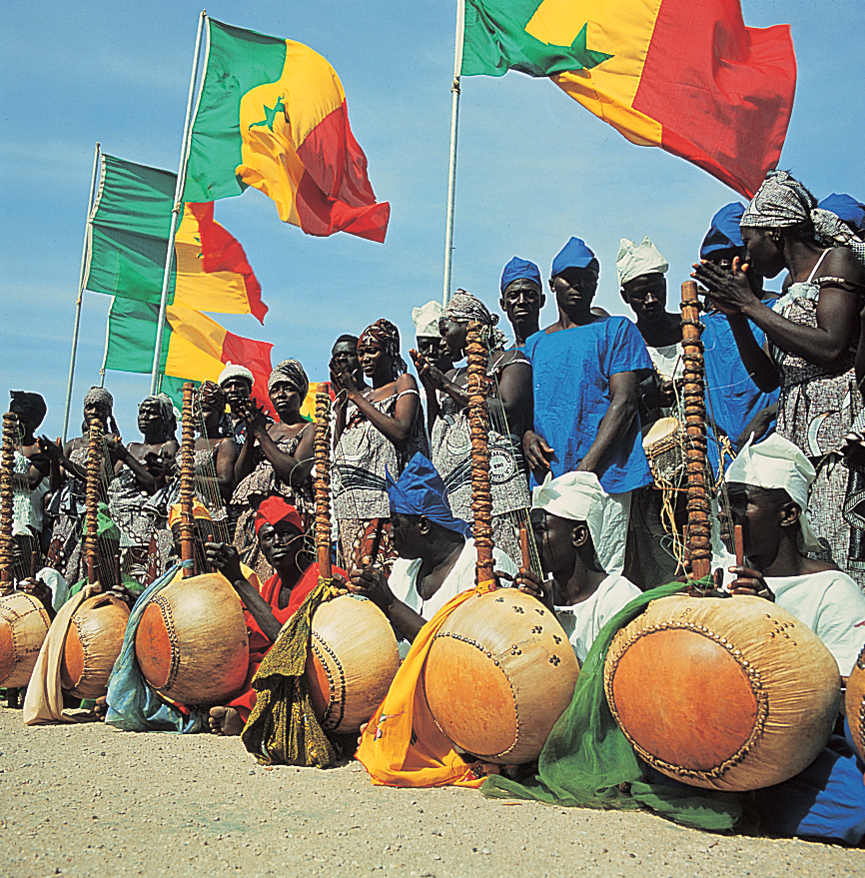Dakar << dah KAHR >> is the capital and largest city of Senegal and the westernmost city on the mainland of Africa. About 1 million people live in Dakar. The city is Senegal’s major seaport and an important industrial and transportation center.


Dakar’s port is a center of trade. The city’s economic activities include food processing, printing, tourism, and the manufacture of cement, cigarettes, shoes, soap, and textiles. An international airport and Cheikh Anta Diop University are in the city. Dakar has modern buildings and buildings of French colonial architecture. It also has shantytowns (areas of shacks and huts). The 160-foot (49-meter) Monument of African Renaissance stands on a hill overlooking the city. The statue—which depicts a man, woman, and child—was unveiled in 2010 to mark Senegal’s 50th anniversary.

Dakar began to grow in 1857, when a French fort was built on the site of a settlement there. It later became the capital of French West Africa. Senegal became an independent nation in 1960. Many people have since moved to Dakar from rural areas, and the city faces housing and unemployment problems.

